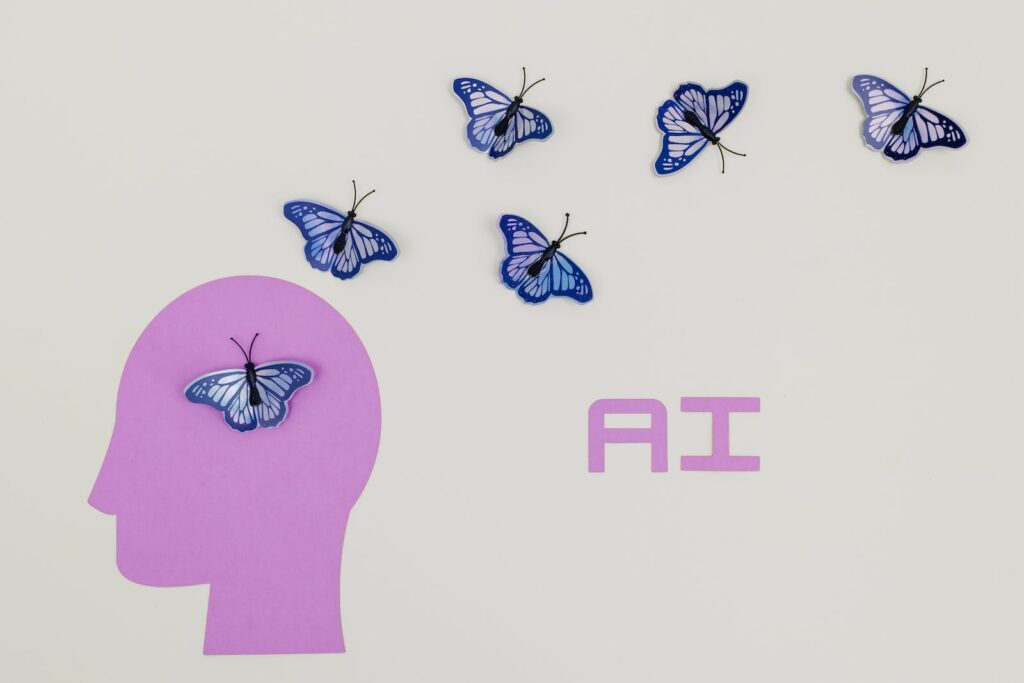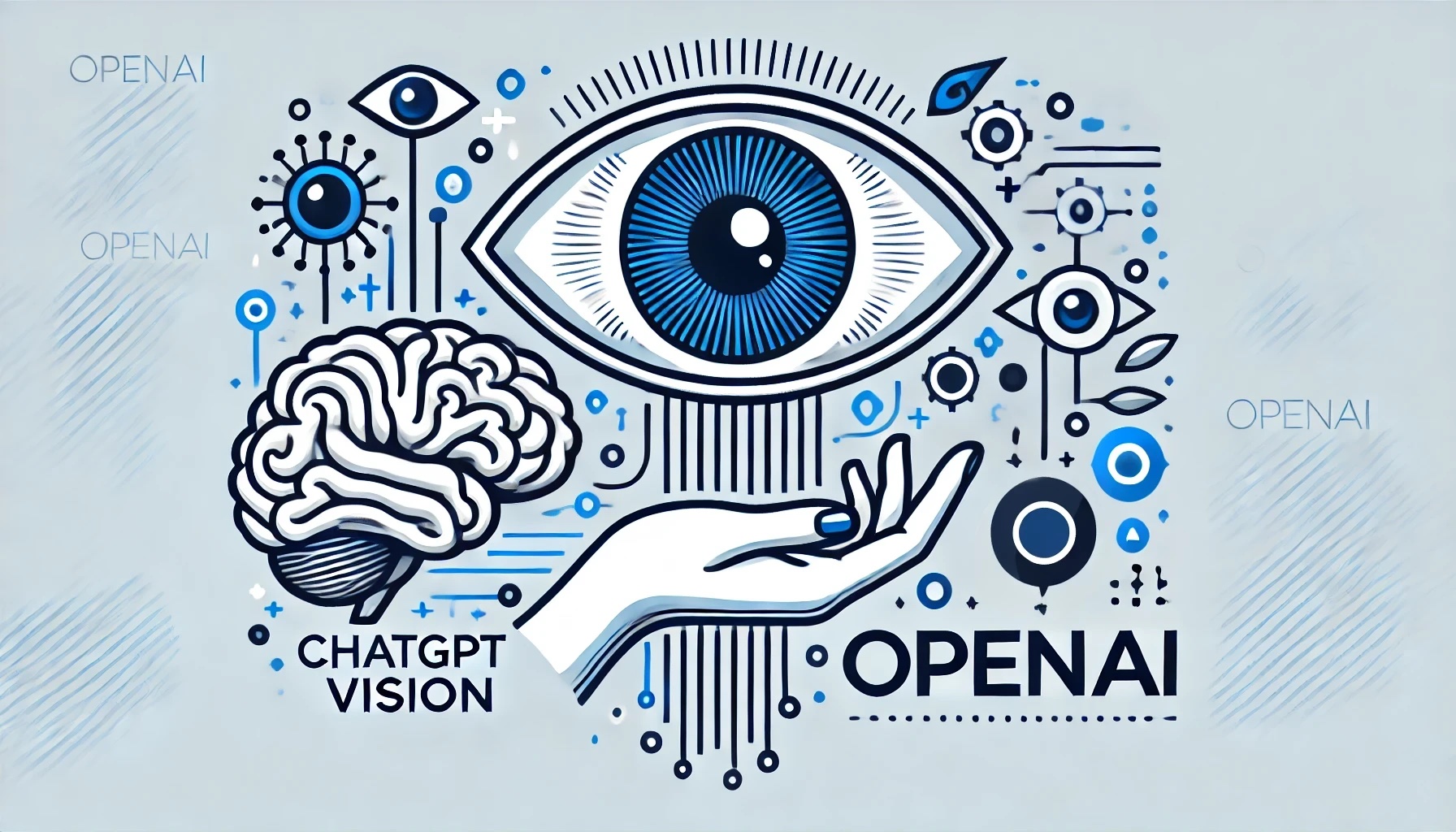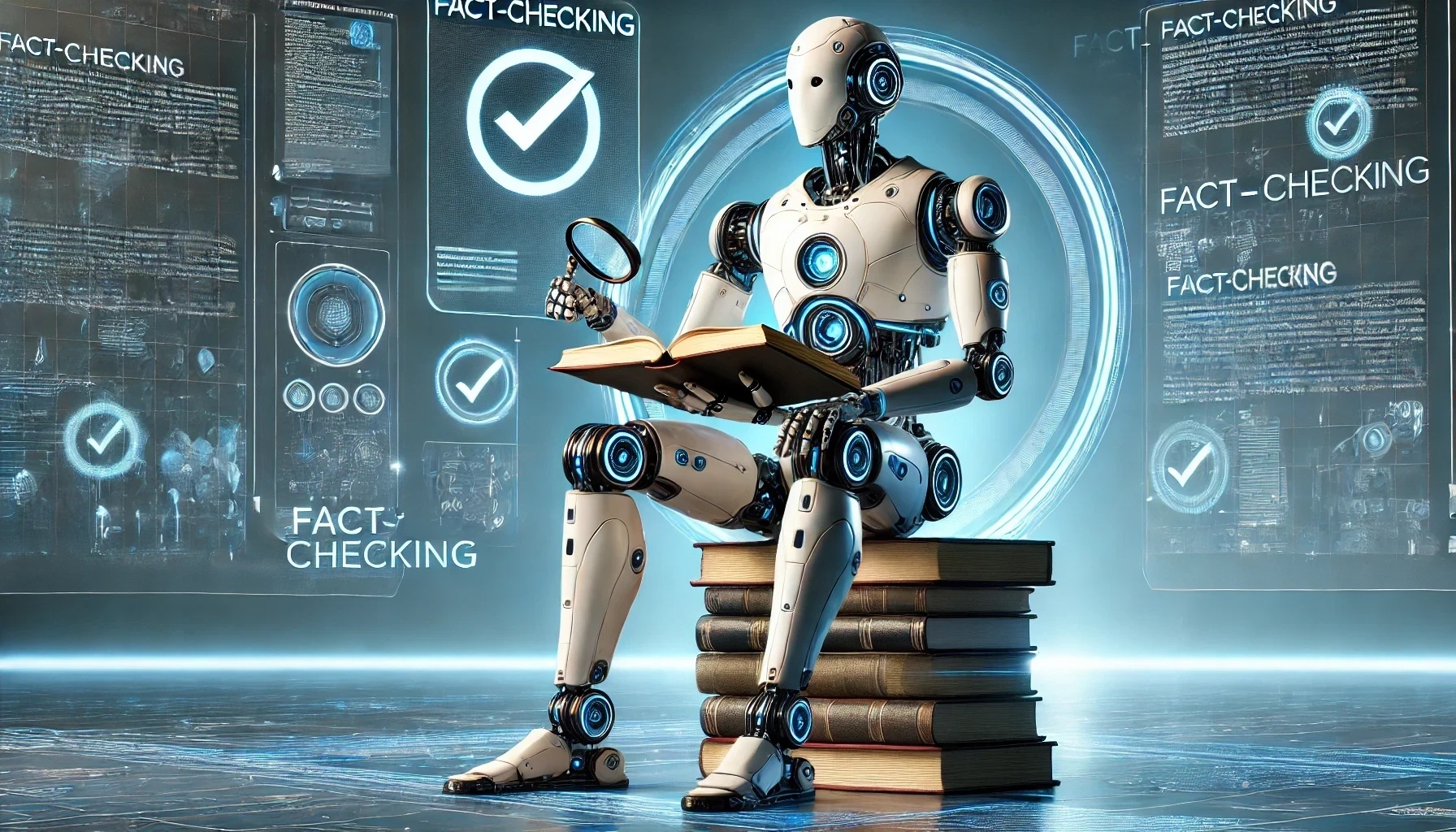How the Integration of Generative AI Tools is Changing the Way We Live and Work
Have you ever wondered what it would be like to create your own content or data from scratch, such as images, text, music, code, and more? Well, you don’t have to wonder anymore, because generative AI can do that for you!
Generative AI is a branch of artificial intelligence that can create new content or data from nothing, using deep learning, cloud computing, and data availability. It is one of the most exciting and innovative fields of AI, as it can transform various aspects of society, from entertainment and education to business and healthcare.
In this article, we will explore how generative AI tools have grown exponentially in 2023, how they are being integrated into different industries and functions, and how they are impacting society in positive and negative ways. We will also discuss how we can embrace the potential of generative AI and prepare for the future.
The Amazing Growth of Generative AI in 2023

Generative AI tools have seen a remarkable growth in 2023, thanks to the advances in deep learning, cloud computing, and data availability. According to the latest McKinsey Global Survey, generative AI tools have increased by 300% in adoption, investment, and revenue in 2023, compared to 2022. The survey also found that generative AI tools have generated over $100 billion in value for various sectors, such as media, entertainment, education, retail, and manufacturing.
Some of the most popular and successful generative AI tools in 2023 include:
- GPT-4: A natural language processing model that can generate coherent and diverse text on any topic, such as articles, essays, stories, poems, tweets, and more.
- DALL-E: A computer vision model that can generate realistic and creative images from text or sketches, such as logos, cartoons, portraits, landscapes, and more.
- Jukebox: A music generation model that can create original songs and melodies in various genres, styles, and languages, such as pop, rock, jazz, classical, and more.
- Copilot: A code generation model that can write and suggest high-quality code for various programming languages, frameworks, and tasks, such as web development, data analysis, machine learning, and more.
These generative AI tools have enabled users to create, edit, and share content and data with unprecedented ease, speed, and quality. They have also opened up new possibilities and opportunities for creativity, learning, and entertainment.
The Integration of Generative AI Tools

Generative AI tools are not only used for personal or recreational purposes, but also for professional and commercial ones. In 2023, generative AI tools have been integrated into various industries and business functions, such as:
- Marketing and advertising: Generative AI tools can help marketers and advertisers create and optimize content and campaigns, such as slogans, headlines, logos, images, videos, and more. They can also help generate personalized and targeted content and offers for different segments and channels, such as email, social media, and web.
- Education and training: Generative AI tools can help educators and trainers create and deliver content and courses, such as lectures, quizzes, assignments, and feedback. They can also help generate adaptive and interactive content and scenarios for different levels and goals, such as language learning, skill development, and simulation.
- Healthcare and medicine: Generative AI tools can help healthcare professionals and researchers create and analyze data and images, such as diagnoses, prescriptions, reports, and scans. They can also help generate synthetic and augmented data and images for various purposes, such as drug discovery, clinical trials, and diagnosis improvement.
- Entertainment and media: Generative AI tools can help entertainment and media professionals and creators create and enhance content and products, such as music, movies, games, books, and podcasts. They can also help generate novel and diverse content and products for various genres, audiences, and platforms, such as streaming, gaming, and social media.
These are just some of the examples of how generative AI tools are being integrated into different industries and functions. The integration of generative AI tools can bring many benefits, such as:
- Improving productivity and efficiency: Generative AI tools can help automate and accelerate various tasks and processes, such as content creation, data analysis, and code writing. They can also help reduce errors and costs, and increase quality and consistency.
- Enhancing creativity and innovation: Generative AI tools can help generate new and original ideas, solutions, and designs, such as logos, songs, and products. They can also help inspire and stimulate human creativity and innovation, by providing feedback, suggestions, and variations.
- Enabling personalization and customization: Generative AI tools can help create and deliver content and products that are tailored and optimized for different preferences, needs, and contexts, such as languages, styles, and goals. They can also help empower and engage users and customers, by allowing them to modify and co-create content and products.
The Critical Impact of Generative AI on Society

Generative AI tools are not only changing the way we create and consume content and data, but also the way we live and work. In 2023, generative AI tools have had a significant impact on society, both positive and negative, such as:
- Changing the workforce and the workplace: Generative AI tools can help augment and complement human workers, by taking over mundane and repetitive tasks, and providing assistance and support. They can also help create new and emerging jobs and roles, such as content curators, AI trainers, and AI ethicists. However, generative AI tools can also pose a threat and a challenge to human workers, by replacing and displacing them, and creating skill gaps and mismatches. They can also affect the quality and nature of work, such as autonomy, satisfaction, and collaboration.
- Disrupting the economy and the market: Generative AI tools can help create and capture new and additional value and revenue, by generating and enhancing content and products, and increasing demand and consumption. They can also help improve and optimize the efficiency and effectiveness of various sectors and functions, such as marketing, education, and healthcare. However, generative AI tools can also create and exacerbate new and existing issues and risks, such as unfair competition, market domination, and intellectual property infringement. They can also affect the supply and distribution of content and products, such as quality, diversity, and accessibility.
- Influencing the culture and the society: Generative AI tools can help enrich and diversify the culture and the society, by creating and sharing content and products that reflect and celebrate different identities, perspectives, and expressions. They can also help educate and inform the public, by providing and disseminating content and data that are relevant and useful. However, generative AI tools can also manipulate and deceive the public, by generating and spreading content and data that are false and harmful, such as fake news, deepfakes, and propaganda. They can also affect the trust and ethics of the public, such as authenticity, credibility, and responsibility.
Conclusion
Generative AI tools are revolutionizing society, by changing the way we create and consume content and data, and the way we live and work. They have grown exponentially in 2023, and have been integrated into various industries and functions. They have also had a significant impact on society, both positive and negative.
Generative AI tools are not a threat or a miracle, but a tool and an opportunity. They can be used for good or evil, depending on how we use them and what we use them for. Therefore, we need to be aware and prepared for the potential and the challenges of generative AI tools, and embrace them with curiosity and responsibility. Generative AI tools are here to stay, and they are here to change the world. Are you ready?
Disclaimer: The Author acknowledges that AI technology may have been utilized in generating the content of this site. However, the Author assumes no responsibility or liability for any errors or omissions in the content. The information provided on this site is intended to be informative and helpful, but it is provided on an “as is” basis with no guarantees of completeness, accuracy, usefulness, or timeliness. Visit our website disclaimer page as a reference.



